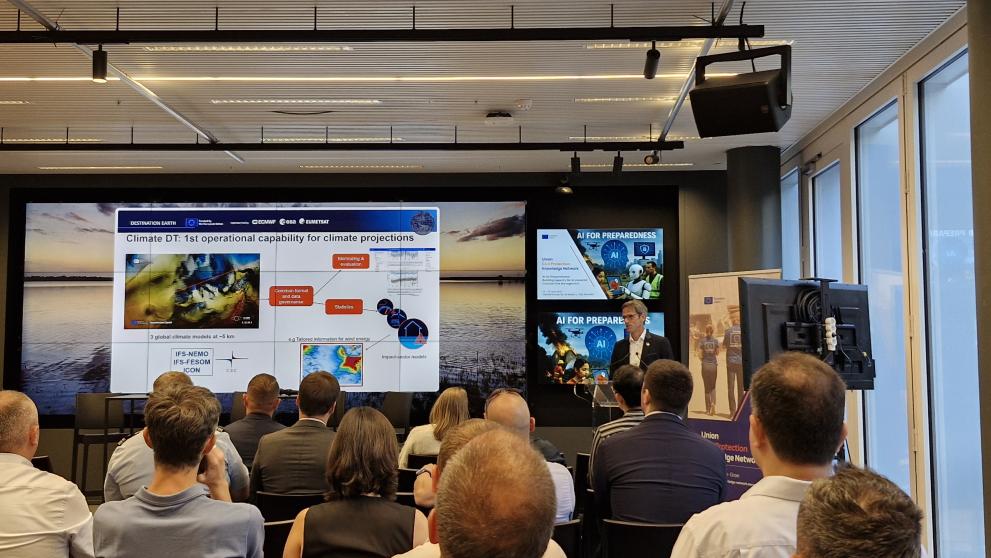How can AI strengthen disaster preparedness in Europe?
From 16 to 18 June 2025, the European Commission held the AI for Preparedness workshop, gathering experts from public institutions, research, industry, and civil protection to discuss how artificial intelligence (AI) can significantly enhance disaster risk management (DRM) in line with the EU’s Preparedness Union Strategy (PUS).
